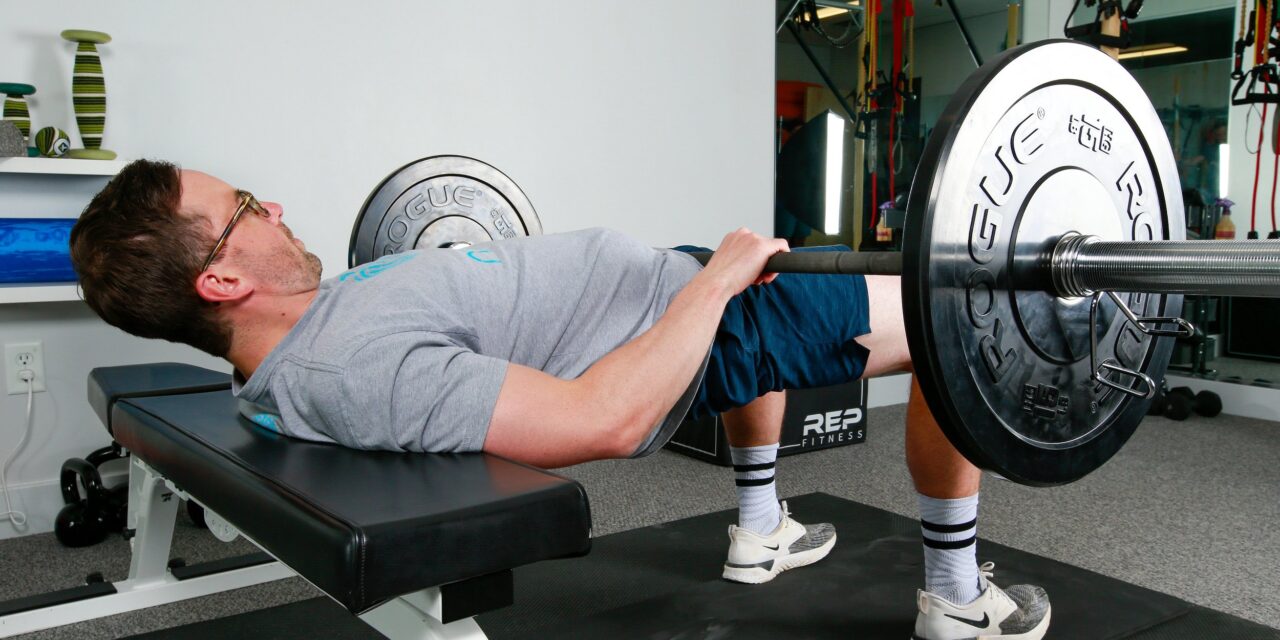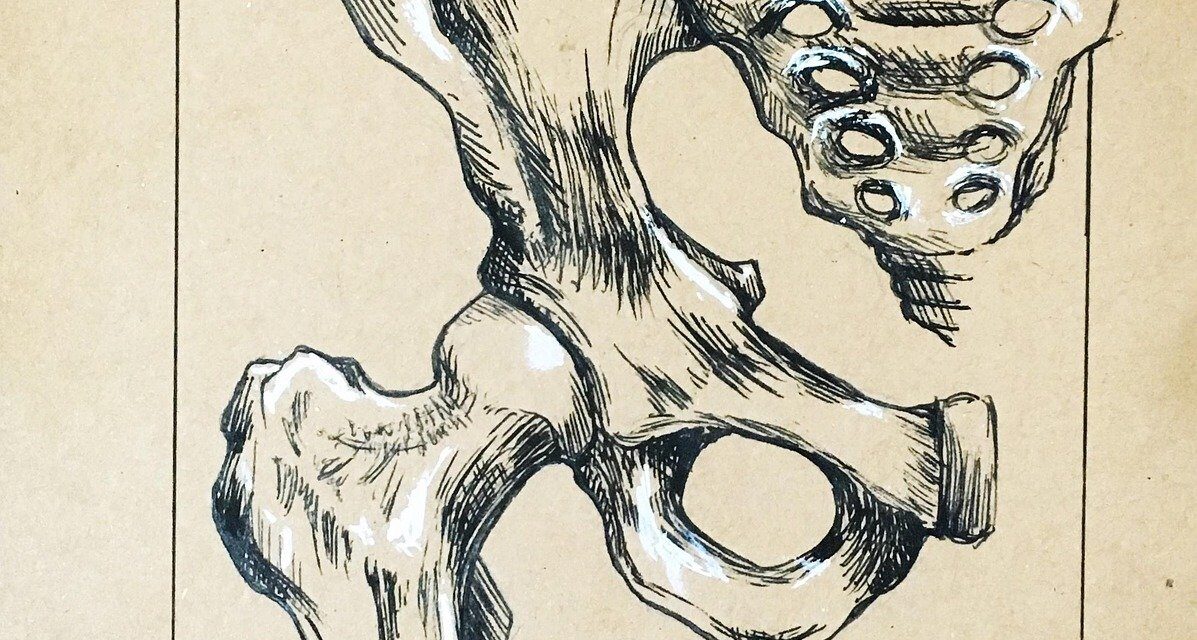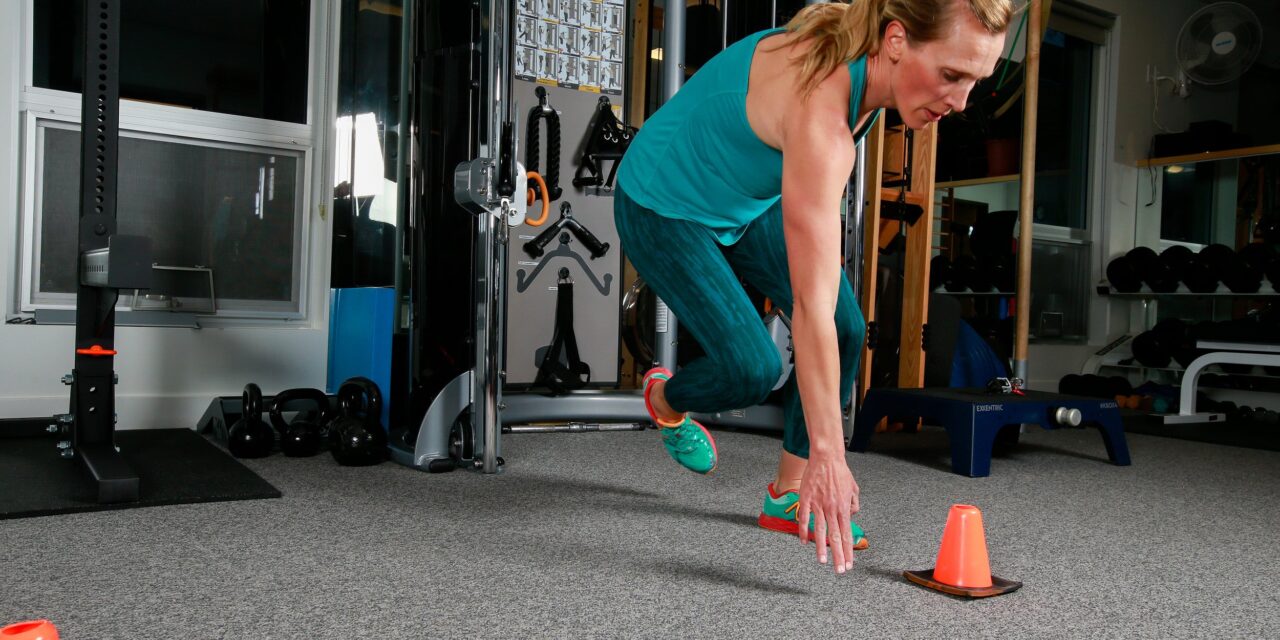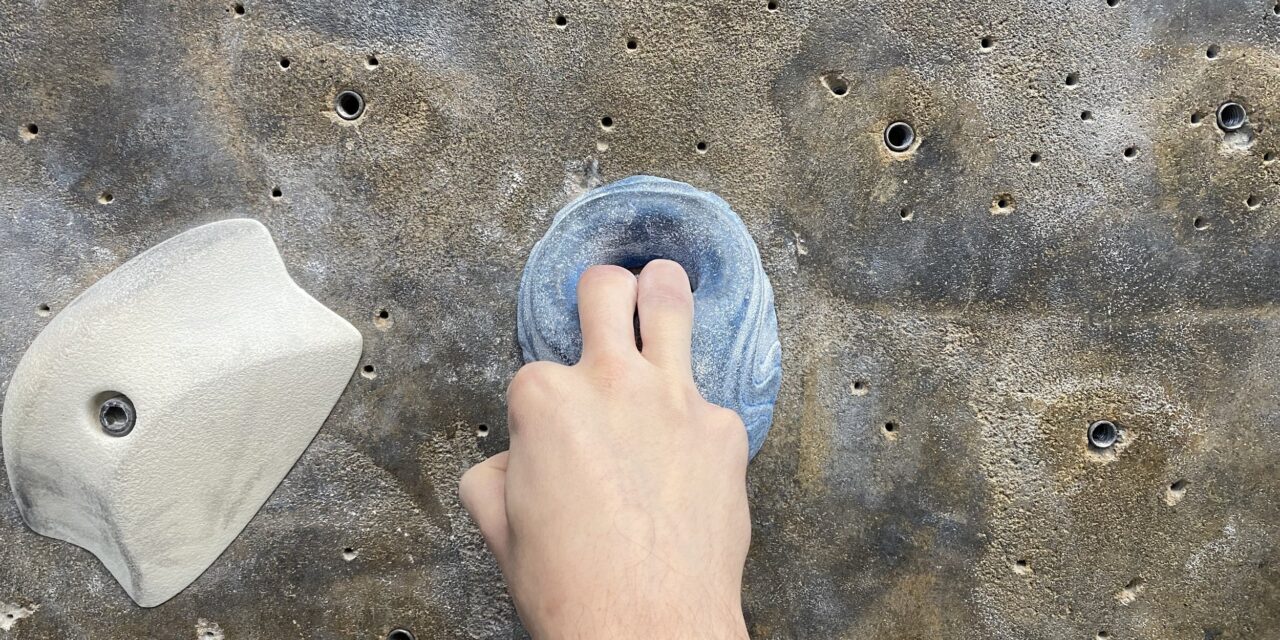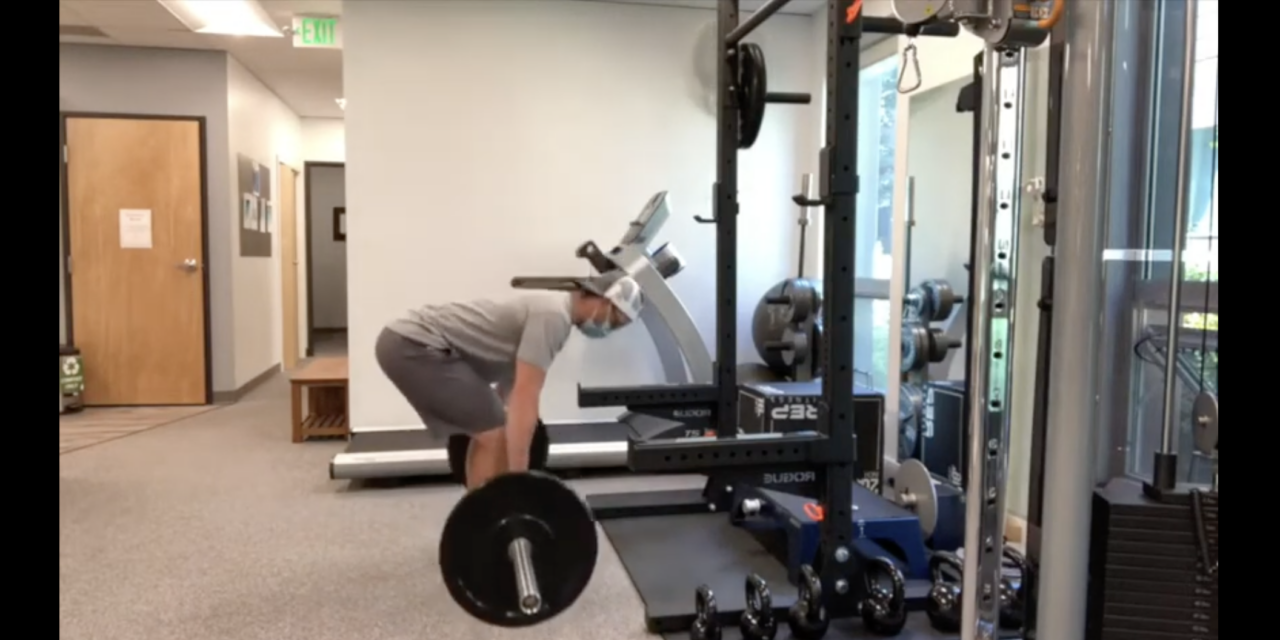The effects of pregnancy on bone health in premenopausal women can lead to changes in bone mineral density (BMD). During early pregnancy, there is an increase in bone remodeling, which can result in a decline in BMD. The magnitude of BMD loss during pregnancy varies among studies and skeletal locations, ranging from less than 1%...
Weighted Strength+Pelvic Floor Muscle Training Superior than Pelvic Floor Muscle Training Alone
May 4, 2023
Urinary incontinence is a common (but not normal!) problem among elderly women, and it can greatly affect their quality of life. Pelvic floor muscle training is often recommended as a first-line treatment, but recent research suggests that adding weight training to the regimen can be more beneficial. A recent study conducted involved 44 elderly women...
Whether you want to increase your back squat, shave some time off your Fran score, or take fewer breaks on your uphill skin, you will need to focus on glute strength. The gluteus maximus is the largest and most powerful muscle in the human body, and is responsible for hip extension, lateral rotation, and abduction...
1. Testicular pain Yes, men can benefit from pelvic physical therapy. Testicular pain is often not an issue with the testicle itself, but rather a presentation of a pelvic floor dysfunction. This may be due to pelvic floor muscle overactivity. Referral patterns of pelvic floor or even abdominal muscles can be into the testicles and...
What makes a good warm up for CrossFit?
March 28, 2023
As a CrossFit Athlete, skier, runner, pickle-baller, or anyone in between, warming up is crucial to reduce the risk of injury and improve performance. There is a significant body of scientific research supporting the importance of task specificity and muscle activation during warm-up exercises to reduce injury and increase performance. Below we outline some considerations...
Lumbrical Strains in Rock Climbers: How They Happen and How They Can Be Treated with Physical Therapy for Fingers
March 27, 2023
Climbing is a demanding sport that requires exceptional grip strength and finger dexterity. Because of this, climbers are at risk of developing finger injuries, including lumbrical strains, which can significantly affect their climbing ability. In this article, we will explore the biomechanics of lumbrical strain in climbing, its etiology, and management strategies. The lumbricals are...
Regular laxative use tied to increased dementia risk – how PT can help reduce the need for laxatives
March 27, 2023
Findings in a new study are now more than ever clearly defining the link between the brain and the gut microbiome. The study showed regular laxative use tied to increased risk of dementia. Researchers followed over 500,000 UK residents over 10 years and those that regularly used osmotic laxatives (stool softeners) or a combination of...
As many as 50% of people with chronic constipation have pelvic floor dysfunction. This dysfunction is commonly diagnosed as “pelvic floor dyssynergia,” which is a fancy way of saying the pelvic floor muscles are not coordinating correctly to have a bowel movement. When the muscles aren’t coordinated correctly, there is disruption in the signals our...
As pelvic health physical therapists, we see CrossFit athletes for various reasons at our Boulder and Lafayette clinics. CrossFit is not an activity that is detrimental to the pelvic floor, even research has shown that, so we want all our CrossFit athletes to continue doing what they love. However, there are some common pelvic floor...
Death and taxes are said to be the two certainties in life for adults, but Ben Franklin may have added low back pain given its’ current prevalence. Up to 90% of adults will report an episode of low back pain during their lifetimes. Fortunately, the vast majority of these episodes are not secondary to any...



